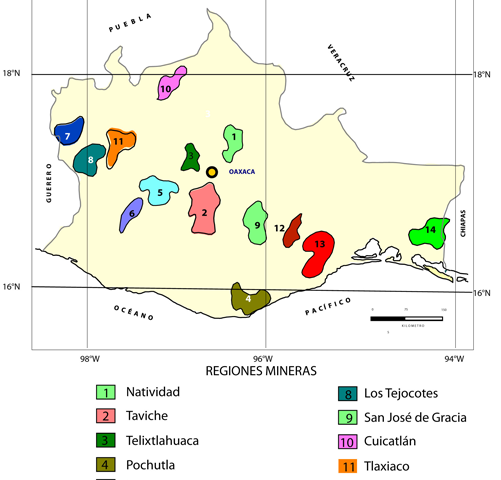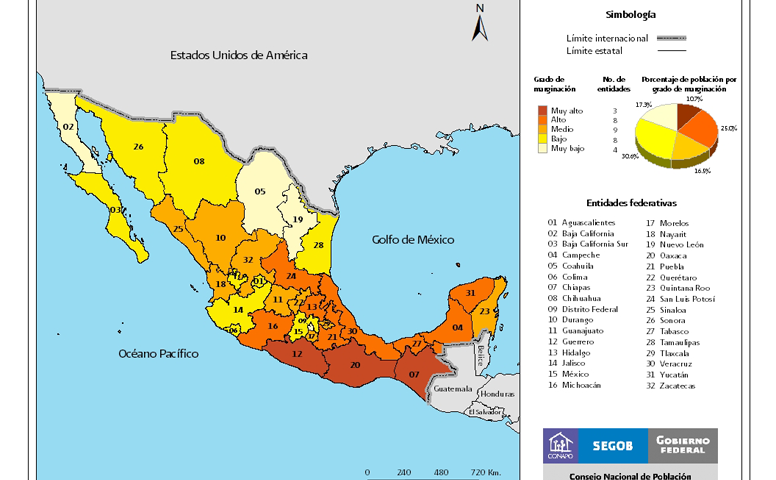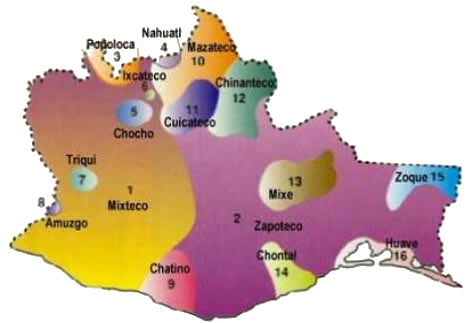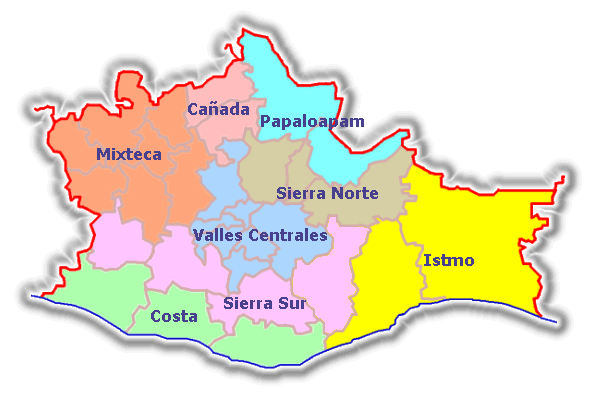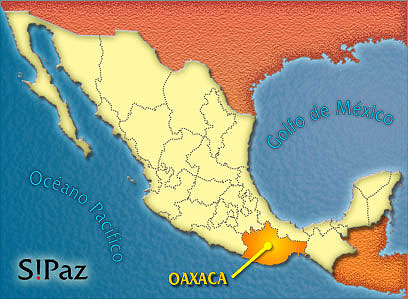In 2005, SIPAZ decided to expand its work to include Oaxaca and Guerrero, southeastern states that together with Chiapas, represent the poorest states of Mexico. In both places, we can find the same structural causes which provoked the uprising of the Zapatista Army of National Liberation (EZLN) in Chiapas: economic, social and political marginalization; discrimination and racism cultivated throughout centuries of internal and external colonialism; militarization, repression and human rights violations.
At that time national and international attention was focused on Chiapas, while in other states, such as Oaxaca and Guerrero, social, campesino and indigenous organizations continued to suffer threats, violence and militarization without many voices denouncing these crimes, leaving the door open to political impunity.
Although Oaxaca and Guerrero have gained greater visibility in recent years, the structural violence that prevails in both states is often overshadowed by the more direct violence that lacerates Northern Mexico. This is why SIPAZ still considers it strategic to make visible the causes, consequences, and the responses to the political-social conflicts in those states so as to sensitize and mobilize the local, national and international communities in the search for nonviolent responses. SIPAZ doesn’t want to just report exclusively on contexts where repression remains a constant, but also sees it useful to raise awareness on alternative processes in each of these states, as well as to encourage them to know one another.
- Servicio Internacional para la Paz
- (+52.967) 631 60 55
- chiapas@sipaz.org
31/03/2012
Water/Electricity The Chimalapas region is the source of 40% of the rivers in Mexico. The state of Oaxaca has various dams that provide for irrigation and […]
31/03/2012
Most people in Oaxaca (approximately 65% of the population) are based in rural areas, except for the regions of the Central Valley, Papaloapan Basin, and the […]
31/03/2012
Malnutrition The National Survey on Health and Nutrition in 2006 (ENSANUT 2006) allows us to estimate that Chiapas, Oaxaca, Guerrero and Yucatan are the Mexican states […]
31/03/2012
Schooling In Oaxaca, many people, especially the indigenous, and even more so women, are unable to exercise their right to an education for many reasons. Poverty […]
31/03/2012
A high percentage of homes do not meet the minimum conditions of dignified housing: On average, 23.66% of houses do not have running water. 35.2% of […]
31/03/2012
28.3% of the workers do not earn an income and 40% earns less than double the minimum wage. Source: INEGI 2010 34.2% of the workforce is […]
31/03/2012
According to the socioeconomic indicators of the National Council of Population (CONAPO), Chiapas, Oaxaca and Guerrero form the triangle of extreme poverty in the the country. […]
31/03/2012
The state of Oaxaca holds the first place nationally as regards indigenous populations: of the 3,405,990 inhabitants in total, 34.2% are indigenous (1.165.186 people). The criterion […]
31/03/2012
The state of Oaxaca is divided into 12 regions: Cañada, Mazateca, Mixteca Baja, Mixteca Alta, Chinantla, Sierra Zapoteca, Región Mixe, Valle de Oaxaca, Mixteca de la […]
31/03/2012
The state of Oaxaca borders the states of Guerrero and Puebla, to the north; the states of Chiapas and Veracruz to the east; and the Pacific […]
03/01/2012
11 January: Alba Cruz, lawyer and human-rights defender in Oaxaca, receives an intimidating text-message to her cellular phone. The message was sent from the same number […]
03/01/2011
13 January: Members of the mediation commission between the Revolutionary Popular Army (EPR) and the federal government decide to reactivate and enlarge the commission in an […]
04/01/2010
10 January: Ruben Valencia Nuñez, member of Oaxacan Voices Building Autonomy and Liberty (VOCAL), part of the APPO, is the subject of an attempted assassination in […]
02/01/2009
30 January: Rosalino Díaz Barrera, a campesino from San Blas Atempa is kidnapped by a group of municipal police in a patrol vehicle. The next day […]
02/01/2008
1 January: Twenty communities in the indigenous Triqui region come together to form the autonomous municipality of San Juan Copala, which they will govern under the […]
02/01/2007
June 14: A sit-in by Section 22 of the SNTE which had occupied the historic centre of Oaxaca City since May 22 is violently repressed, leaving […]

